Curcuma
Just a short throwback to yesteryears… my mum used to put turmeric spice into her curry dishes. She’s still alive today but doesn’t cook as much as she used to. I remembered I was a 9-year-old girl who was curious about everything she sees and touches. So, one day, I saw the yellow-coloured powder stuff while my mum was making her curry chicken. That was the first time I got to know that Turmeric yellow stain can stay on your fingers and nails stubbornly for days. Once, a school teacher had thought that I was having some kind of skin disease because of my unnaturally yellow-looking fingers :D
As time goes by, I learnt that turmeric is a healthy antioxidant our bodies need once a while (too much of it will cause inflammation & stomach upset problems). Recently, I just realized turmeric is a cousin related to the ginger family. Last week we talked about a ginger flower meant purely for floral arrangement, and its sister ginger meant for cooking up Asian dishes. Now, let’s talk another kind of ginger cousin – turmeric, to be exact.
This ginger or turmeric flower I’ll be talking about is Curcuma. Here’s how some of the Curcuma species look like around the world:

Pretty looking, isn’t it? For a spice plant, eh? Here’s 10 interesting facts about this ginger cousin:
- The most common variety - Curcuma Alismatifolia - is also known as “Siam Tulip” or “Summer Tulip”. No way Curcuma flower looked like a tulip, much less related to one.
- If you remember something from my article last week, you would notice that this Curcuma flower design looks similarly like its ginger flower cousin Alpinia purpurata (Red Ginger).
- Curcuma flower is a tropical plant native to Southeast Asia. In Thailand, there is a national park - Pa Hin Ngam National Park - that is well known for its wild fields filled with Siam Tulips. (Air Asia, can provide a free ticket to these ‘tulip’ fields, please? =P)
- Curcuma has been cultivated since 4,000 years ago. Generally, only the species Curcuma Longa is used to harvest the spice turmeric, which is derived from its rhizomes after boiling, drying and grinding. The largest quantity of turmeric cultivated is used as a food condiment, but it is also used in medicine, cosmetics (including perfume production) and in the dying of fabrics.
- Curcuma is also known as Hidden Ginger, Queen Lily, Indian Saffron, Zedoary and Hidden Lily. Its general Latin name is Radix Curcumae.
- The Curcuma that produces the turmeric spice has several purported medicinal uses including lowering blood pressure, slowing down Alzheimer's disease, and relieving pain.
- Curcuma amada rhizomes are eaten fresh and used as both anti-inflammatory medicines and contraceptives.
- Curcuma zedoaria rhizomes are eaten as a spicy but bitter vegetable, and are also used to combat flatulence.
- The name Curcuma was coined by Carl Linnaeus and refers to the Arabic word "kurkum" which is their name for the yellowish color of the root.
- Curcuma flower petals are a bit delicate, but with proper care and handling, the vase life of Curcuma can last a week.
Make someone's day
Send the perfect gift
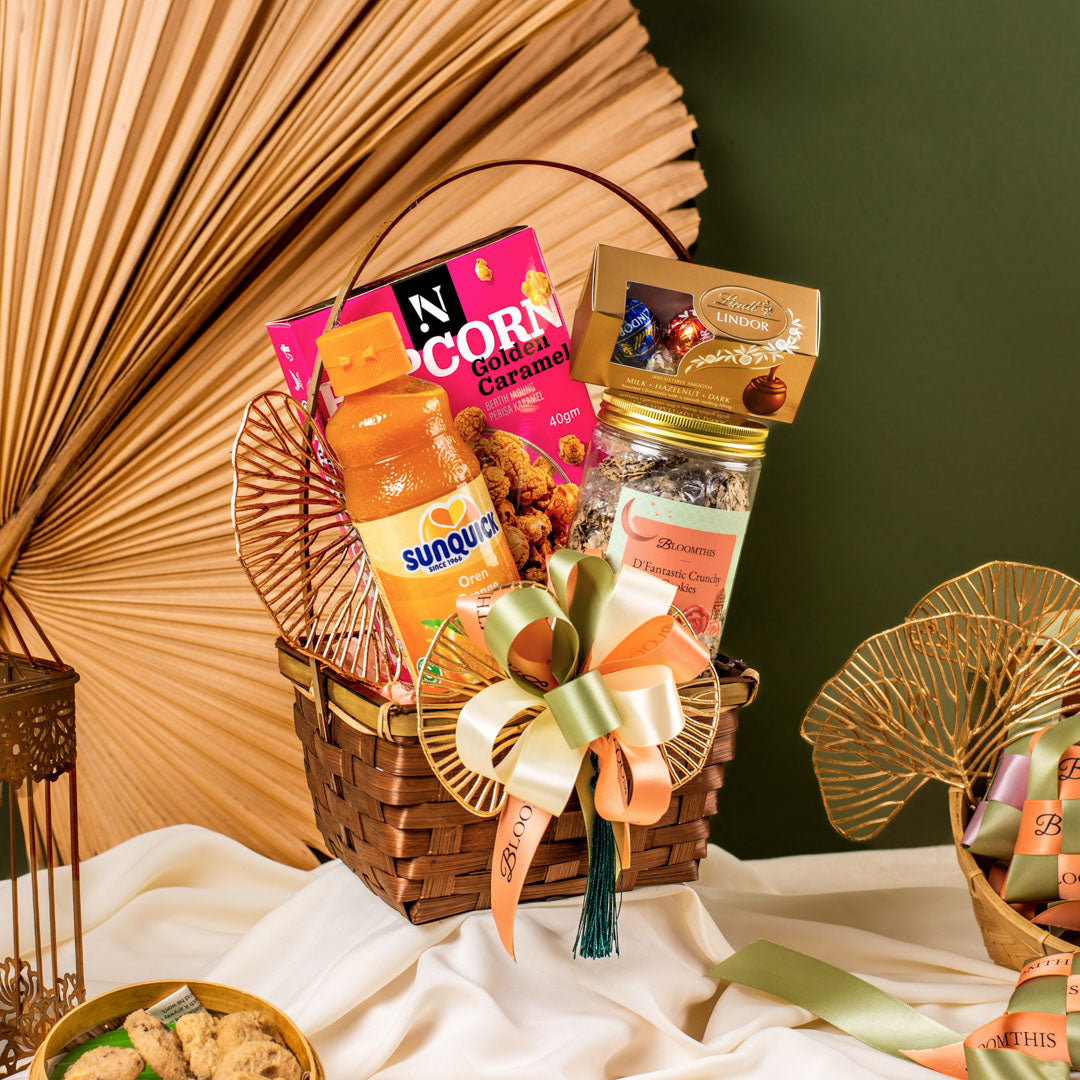
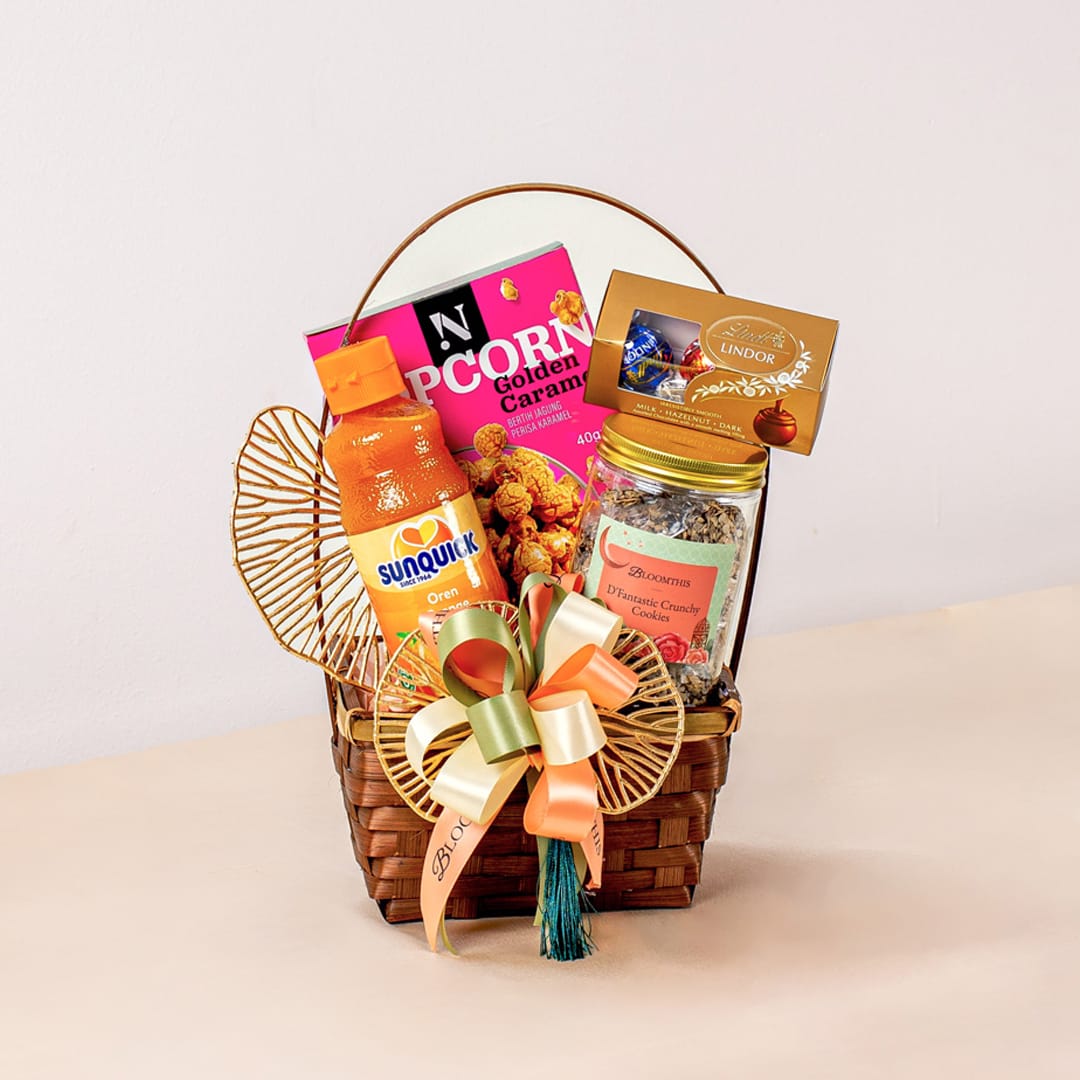
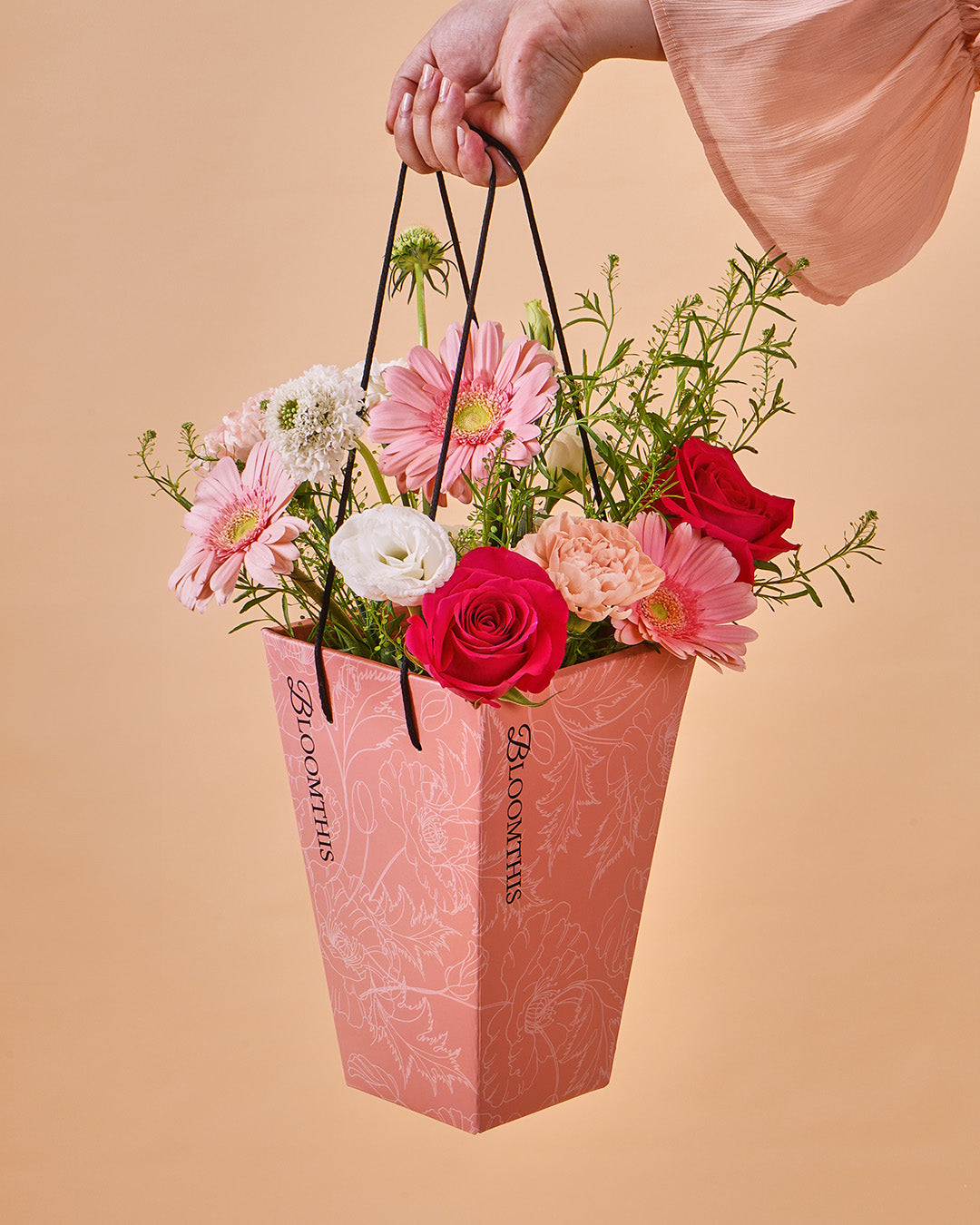


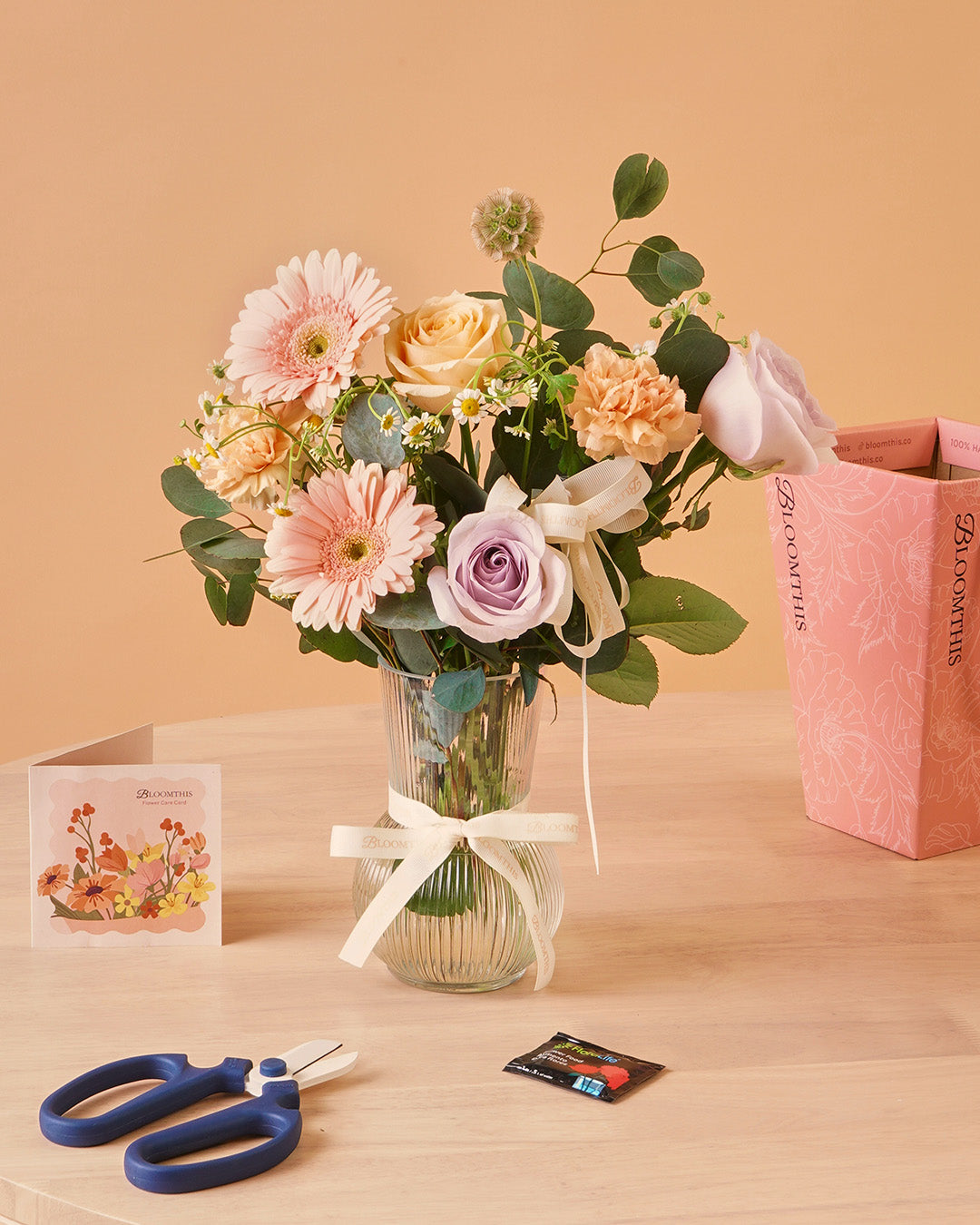

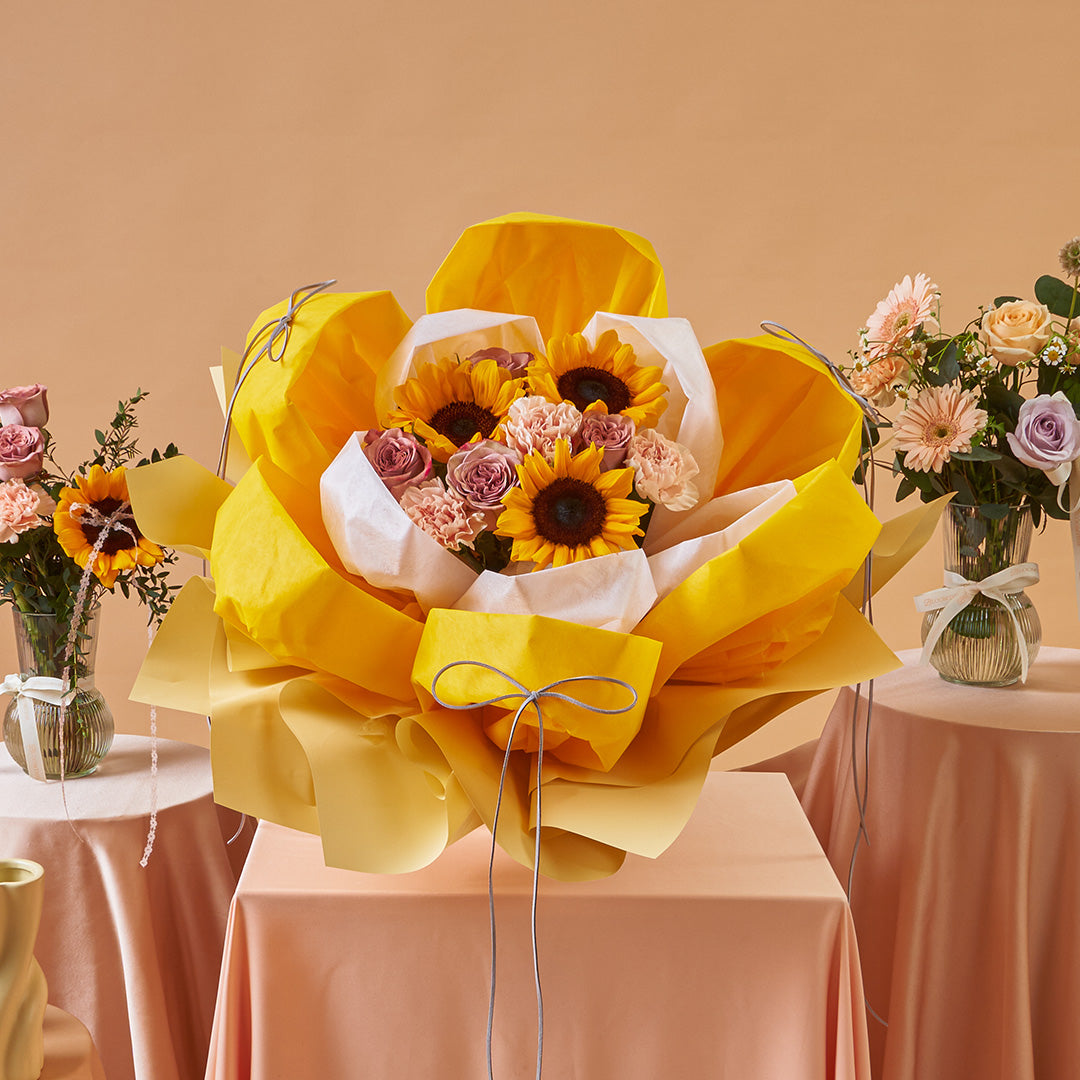
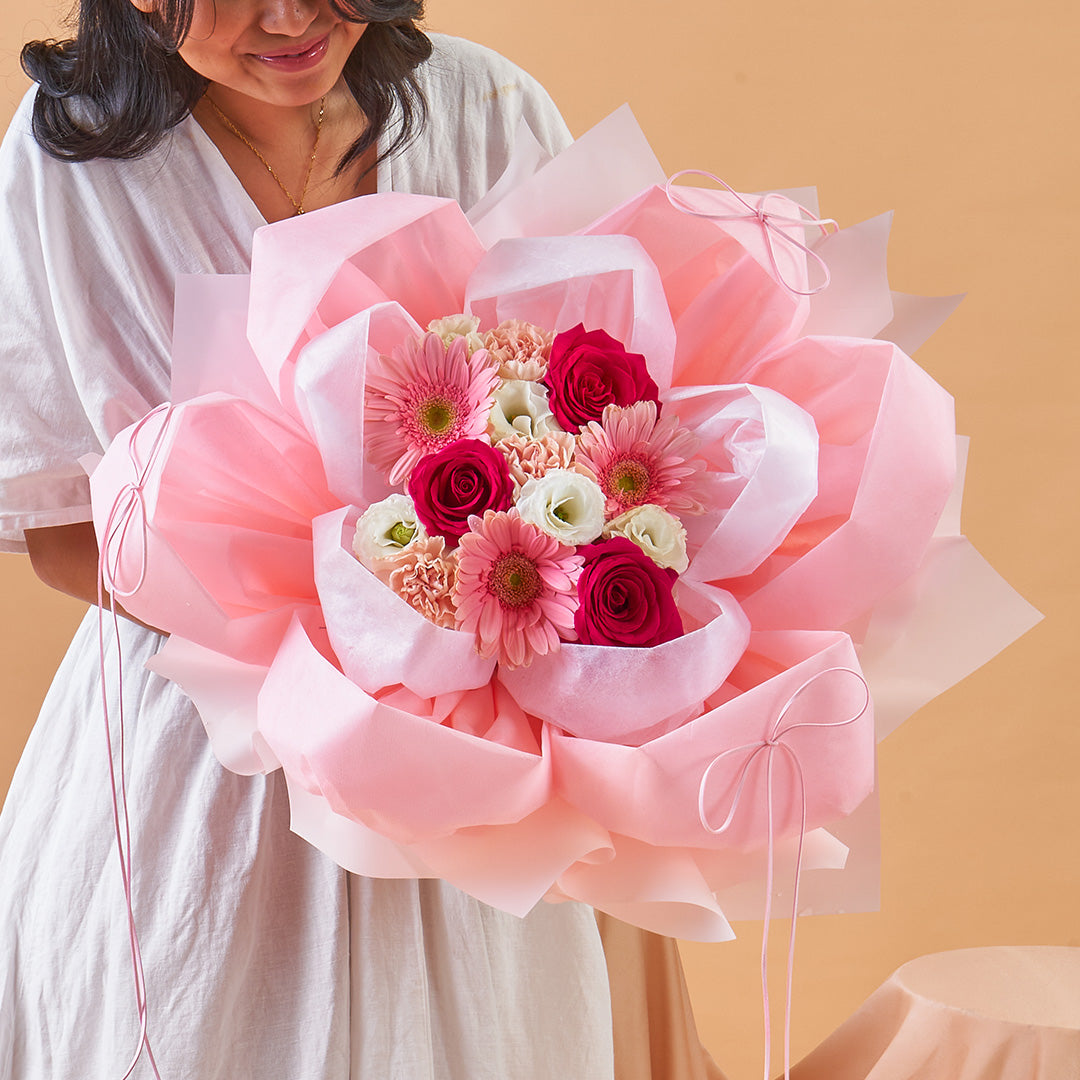
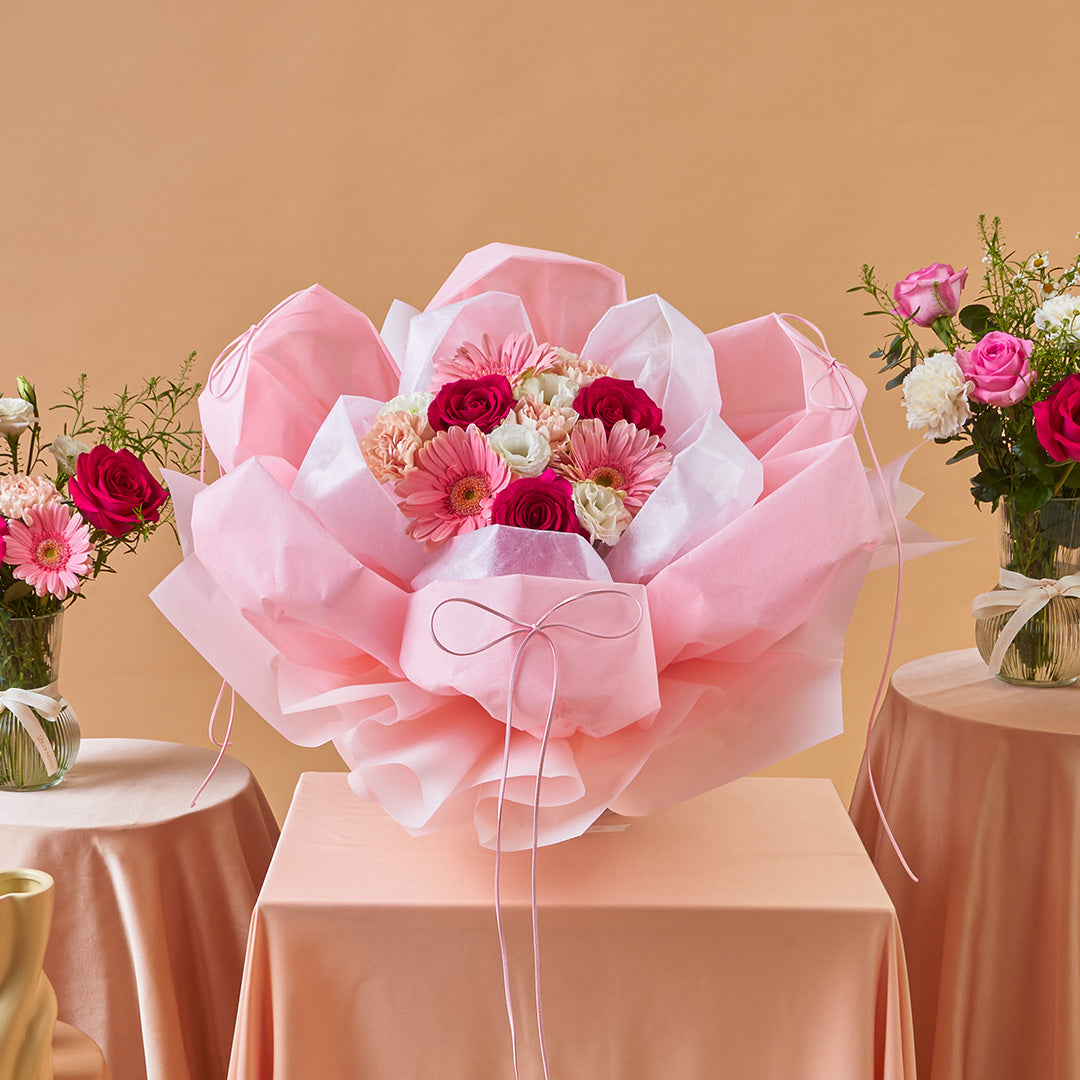






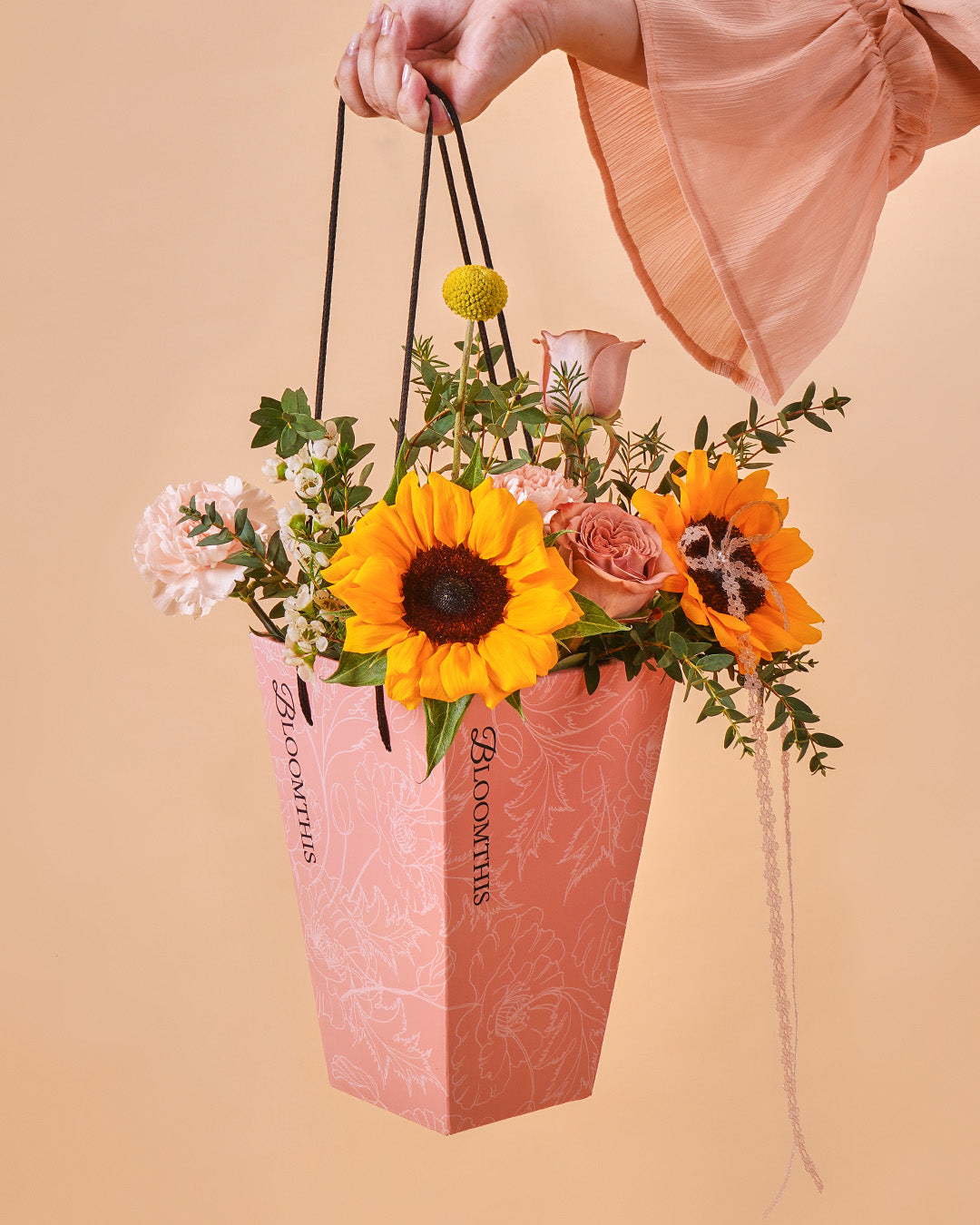
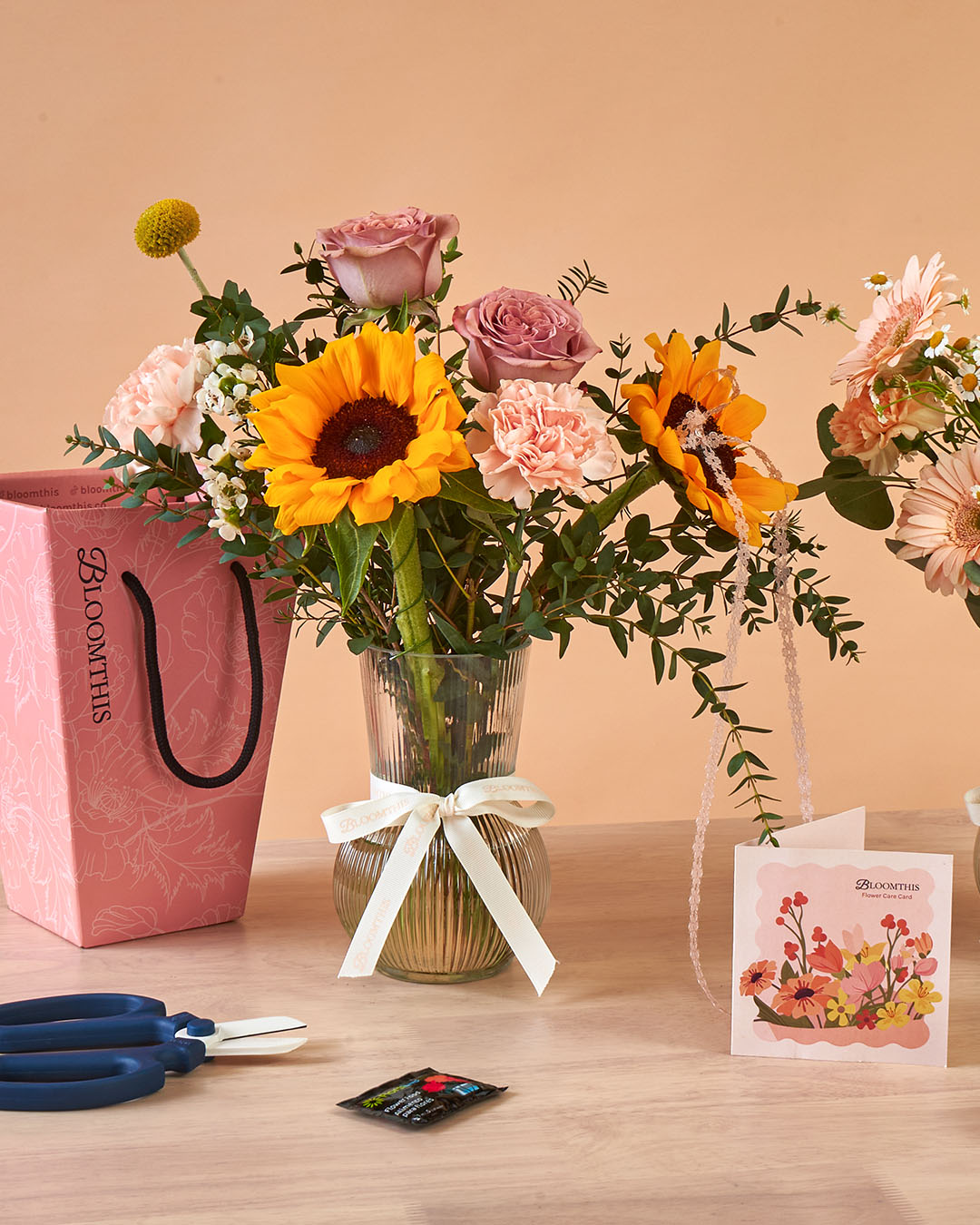
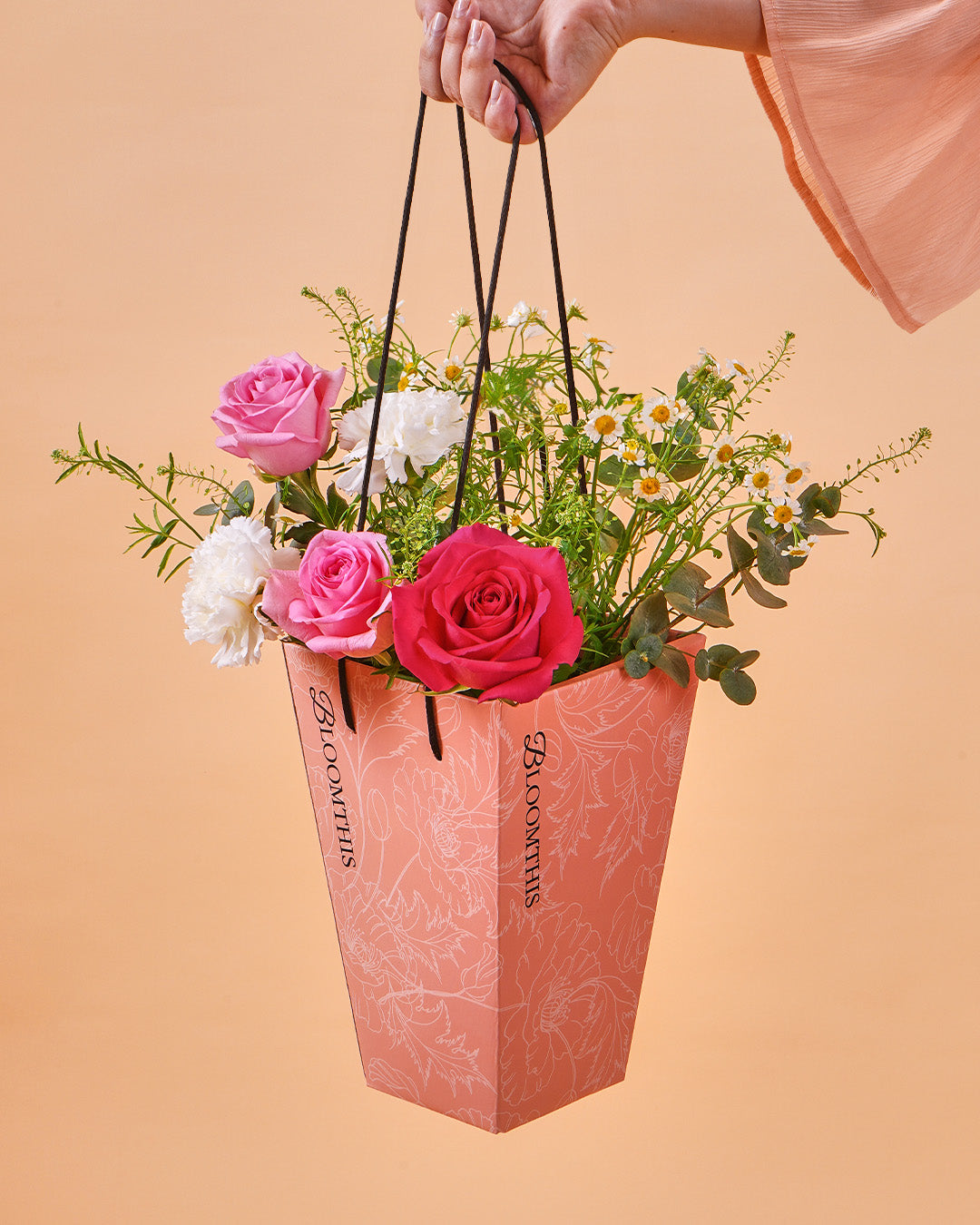
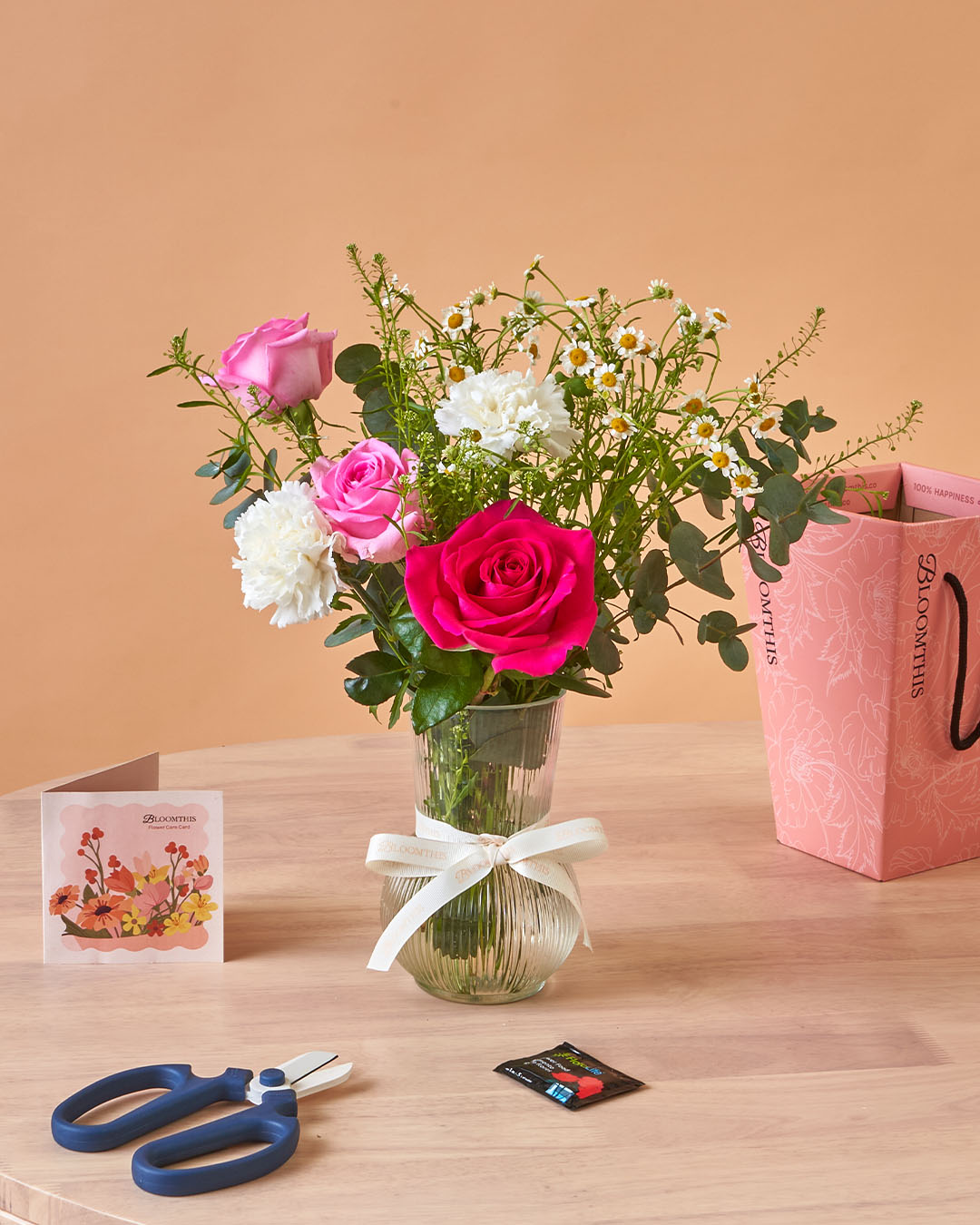


Leave a comment
This site is protected by reCAPTCHA and the Google Privacy Policy and Terms of Service apply.